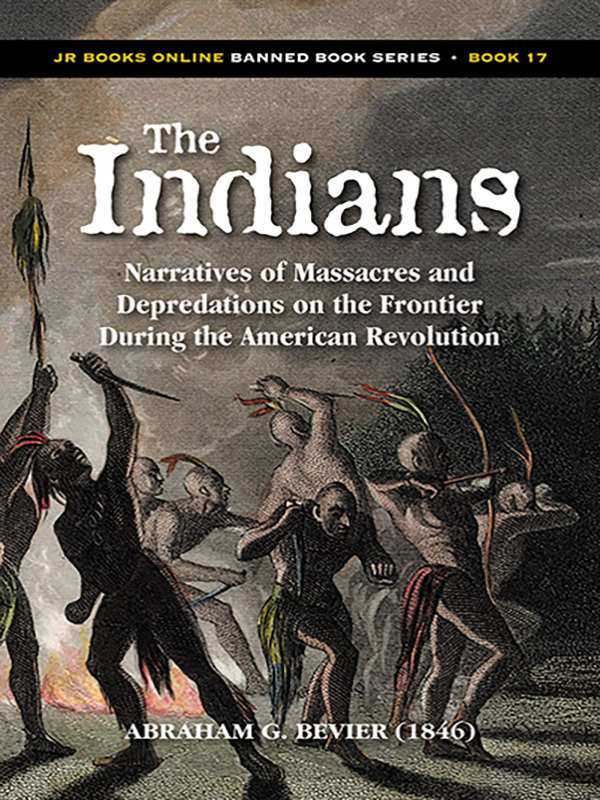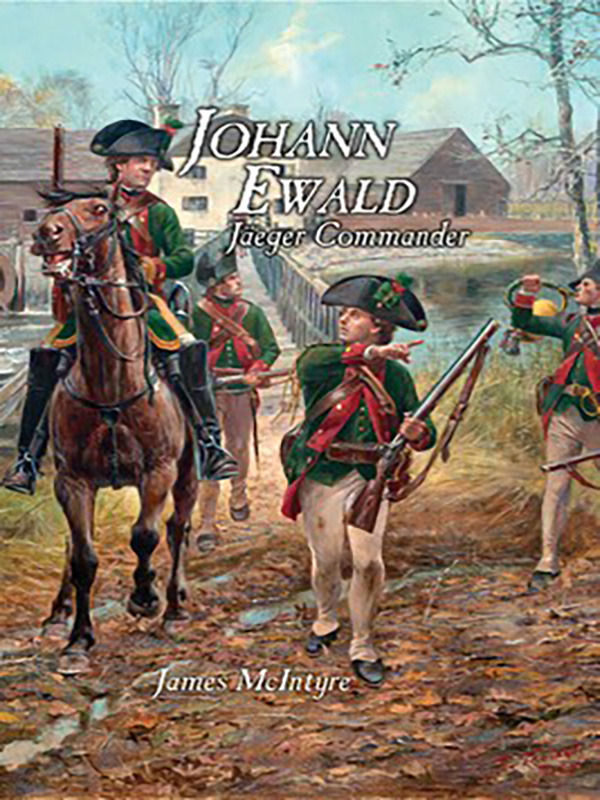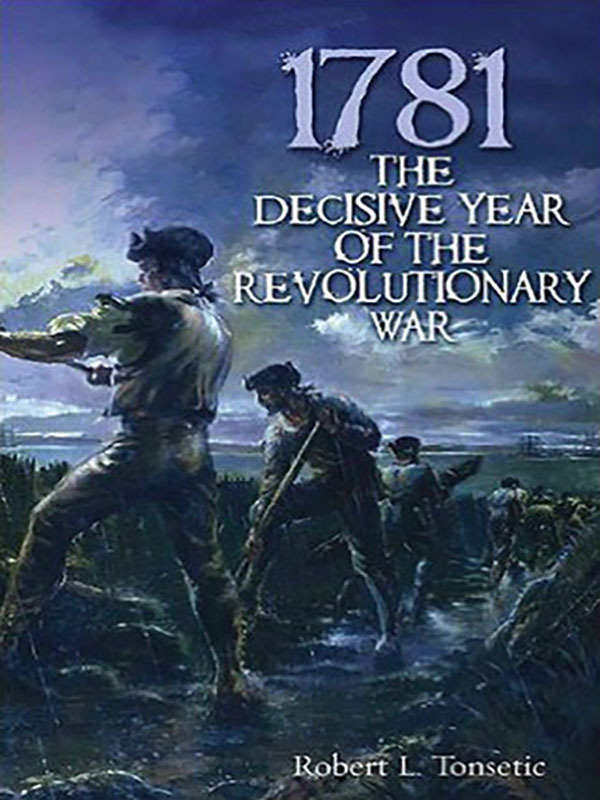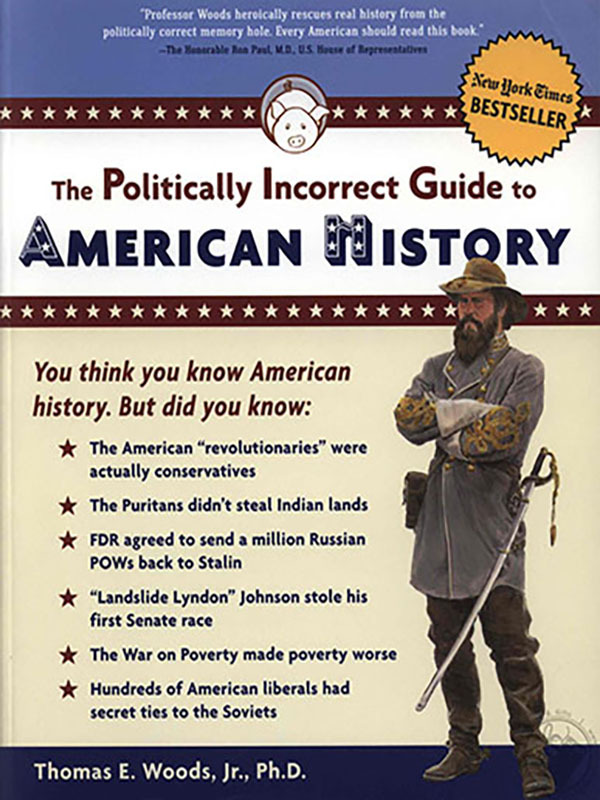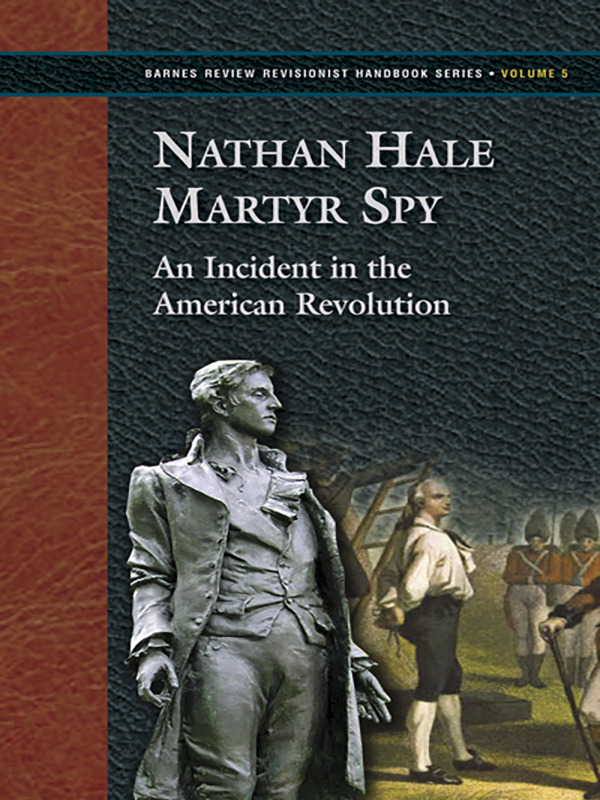The Indians: Narratives of Massacres during the American Revolution
By Abraham G. Bevier (1846). Highlights of these accounts include:
- the massacre of Lt. John Graims;
- the narrow escape of three school children from the Indians;
- the massacre at Fantinekill;
Johann Ewald
Johann von Ewald stood as one of the most accomplished practitioners of irregular warfare in the eighteenth century. Beginning his military career in the Seven Years’ War, and continuing through the American War of Independence, he amassed a vast wealth of experience leading troops in the art of irregular warfare or petite guerre. There are no other English language biographies of Ewald, and only a few articles in German that date to the nineteenth century. It is the purpose of this work to rescue him from oblivion.
How the Irish Won the American Revolution
When the Continental Congress decided to declare independence from the British empire in 1776, ten percent of the population of their fledgling country were from Ireland.
By 1790, close to 500,000 Irish citizens had immigrated to America. They were was very active in the American Revolution, both on the battlefields and off, and yet their stories are not well known
. The important contributions of the Irish on military, political, and economic levels have been long overlooked and ignored by generations of historians. However, new evidence has revealed that Washington’s Continental Army consisted of a far larger percentage of Irish soldiers than previously thought—between 40 and 50 percent—who fought during some of the most important battles of the American Revolution.
Rosicrucian America: How a Secret Society Influenced the Destiny of a Nation
A a provocative book that gives you another side of American history plus an in-depth history of Rosicrucianism, its key members and their roles in the formation and settling of America. The book explores Sir Francis Bacon and Dr. John Dee’s deep influence on England’s colonization of America as well as the Rosicrucian influence on the Founding Fathers and on cities such as Philadelphia and Williamsburg. It also explains how Bacon was the author of many anonymous Rosicrucian texts and how he envisioned America as the “New Atlantis” and reveals the connections of the Order of the Rosy Cross to the Knights of the Golden Circle and to the Georgia Guidestones.
1781: The Decisive Year of the Revolution
By Robert L. Tonsetic. The Treaty of Paris in 1783 formally ended the American Revolutionary War, but it was the pivotal campaigns and battles of 1781 that decided the final outcome.
1781 was one of those rare years in American history when the future of the nation hung by a thread, and only the fortitude, determination and sacrifice of its leaders and citizenry ensured its survival.
By 1781, America had been at war with the world's strongest empire for six years with no end in sight. British troops occupied key coastal cities, from New York to Savannah, and the Royal Navy prowled the waters off the American coast.
The Politically Incorrect Guide to American History
By Thomas Woods. The Politically Incorrect Guide to American History. Almost everything you've been taught about U.S. history is wrong! It's because most textbooks and popular history books are written by left-wing academic historians who treat their biases as fact. But here's a Revisionist book to set the record straight. Professor Thomas Woods refutes a host of myths. Woods reveals facts that you never were taught in school, tells you about the books you're not supposed to read, and takes you on a politically incorrect tour of American history.
Nathan Hale—Martyr—Spy: An Incident in the American Revolution
By Charles W. Brown. Here’s a special new edition of the long-lost book—first written in 1899—now back from the memory hole.
Hale, of course, is most famous for his willingness to give his life in the service of his country, uttering, on the gallows, words that were once taught to school children before political correctness dictated that more time in public schools be dedicated to liberal, gay, minority and feminist studies.
George Washington’s Secret Six
By Brian Kilmeade & Don Yaeger. George Washington’s Secret Six: The Spy Ring That Saved the American Revolution. When General George Washington beat a hasty retreat from New York City in August 1776, many thought the American Revolution might soon be over. Instead, Washington rallied—thanks in large part to a little-known, top-secret group called the Culper spy ring.
Washington realized that he couldn’t beat the British with military might, so he recruited a sophisticated and deeply secretive intelligence network to infiltrate New York. So carefully guarded were the members’ identities that one spy’s name was not uncovered until the 20th century, and one still remains unknown today. But by now, historians have discovered enough information about the ring’s activities to piece together evidence that these six individuals turned the tide of the war.

